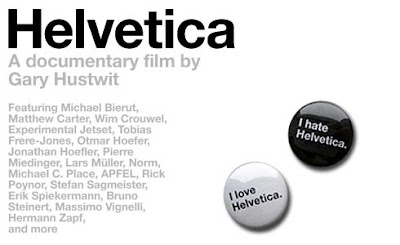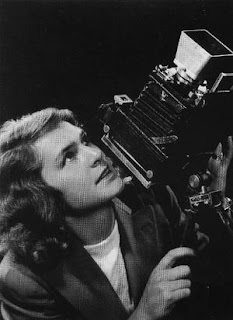Friday, December 3, 2010
Tuesday, November 9, 2010
Helvetica
 In Beginning Media Arts, we watched a documentary on Helvetica by Gary Hustwit. This documentary was made in Amsterdam, NY. Helvetica is a commonly used font and is known as the typeface os socialism. This typeface was created in 1957, but it had an original name. Before they had computers to create this font, they used cold type. Cold type was basically a procedure of printing fonts, by hand. They used steel letters, put ink on the letters, and rolled a sheet of paper over it to make the print. It is said today, that Helvetica is seen almost everywhere you go. People use this font because it is simple and readable. It is used in advertisements, store names, titles of books, on buildings, etc. A comment from an interview in the documentary was, "The more you see it, the more the public sees it, the more designers use it." Another comment made was, "Helvetica is a perfect balance of push and pull." I just thought these comments were interesting because I felt that I saw and understood the point they're trying to make.
In Beginning Media Arts, we watched a documentary on Helvetica by Gary Hustwit. This documentary was made in Amsterdam, NY. Helvetica is a commonly used font and is known as the typeface os socialism. This typeface was created in 1957, but it had an original name. Before they had computers to create this font, they used cold type. Cold type was basically a procedure of printing fonts, by hand. They used steel letters, put ink on the letters, and rolled a sheet of paper over it to make the print. It is said today, that Helvetica is seen almost everywhere you go. People use this font because it is simple and readable. It is used in advertisements, store names, titles of books, on buildings, etc. A comment from an interview in the documentary was, "The more you see it, the more the public sees it, the more designers use it." Another comment made was, "Helvetica is a perfect balance of push and pull." I just thought these comments were interesting because I felt that I saw and understood the point they're trying to make.Monday, November 1, 2010
Tuesday, October 5, 2010
Maragret Bourke-White
MARGARET BOURKE-WHITE
(June 14, 1904 - August 27, 1971)
 For my project, I am going to pay homage to Margaret Bourke-White. To pay homage is to give acknowledgment or consideration for someone's work. Margaret was an American photographer and photo journalist. She was born in the Bronx, New York. Margaret grew up in Bound Brook, New Jersey. Bourke-White began studying herpetology at Columbia University in 1922. After studying under Clarence White, she developed an interest of photography. Margaret switched colleges several times, but she finally graduated from Cornell University in 1927. She moved to Cleveland, Ohio a year later, and became an industrial photographer at the Otis Steel Company. A few years later, Henry Luce hired Margaret as the first female photo journalist for Life Magazine. During the mid-1930s, Margaret photographed victims of the Dust Bowl. Together, Bourke-White and her husband Erskine Caldwell collaborated on You Have Seen Their Faces (1937). She was the first woman allowed to work in the combat zones during the World War II. Afters years of amazing photography by Margaret Bourke-White, she was diagnosed with Parkinson's disease and died in Connecticut.
For my project, I am going to pay homage to Margaret Bourke-White. To pay homage is to give acknowledgment or consideration for someone's work. Margaret was an American photographer and photo journalist. She was born in the Bronx, New York. Margaret grew up in Bound Brook, New Jersey. Bourke-White began studying herpetology at Columbia University in 1922. After studying under Clarence White, she developed an interest of photography. Margaret switched colleges several times, but she finally graduated from Cornell University in 1927. She moved to Cleveland, Ohio a year later, and became an industrial photographer at the Otis Steel Company. A few years later, Henry Luce hired Margaret as the first female photo journalist for Life Magazine. During the mid-1930s, Margaret photographed victims of the Dust Bowl. Together, Bourke-White and her husband Erskine Caldwell collaborated on You Have Seen Their Faces (1937). She was the first woman allowed to work in the combat zones during the World War II. Afters years of amazing photography by Margaret Bourke-White, she was diagnosed with Parkinson's disease and died in Connecticut.Friday, September 17, 2010
American Photography History
The Brownie Camera (1900-1934)
Photographs in the early days were a matter of life and death. Before the Brownie camera was created, people only took pictures once or twice in their lives. Brownie cameras were sold for $1.00. A quarter of a million brownie cameras were sold within a one year.
Photographers used pictures to show social change. Pictures were also used to attract attention in newspapers and magazine. Fashion photography created the way people wanted to look. The pictures of woman in beautiful dresses made the readers want that look. Photography had an influence on what people believed. Although the television was invented, photography was still "king". Also, photography is the best media out there because it shows emotions and many other feelings of the person(s) in the picture.
Subscribe to:
Posts (Atom)

